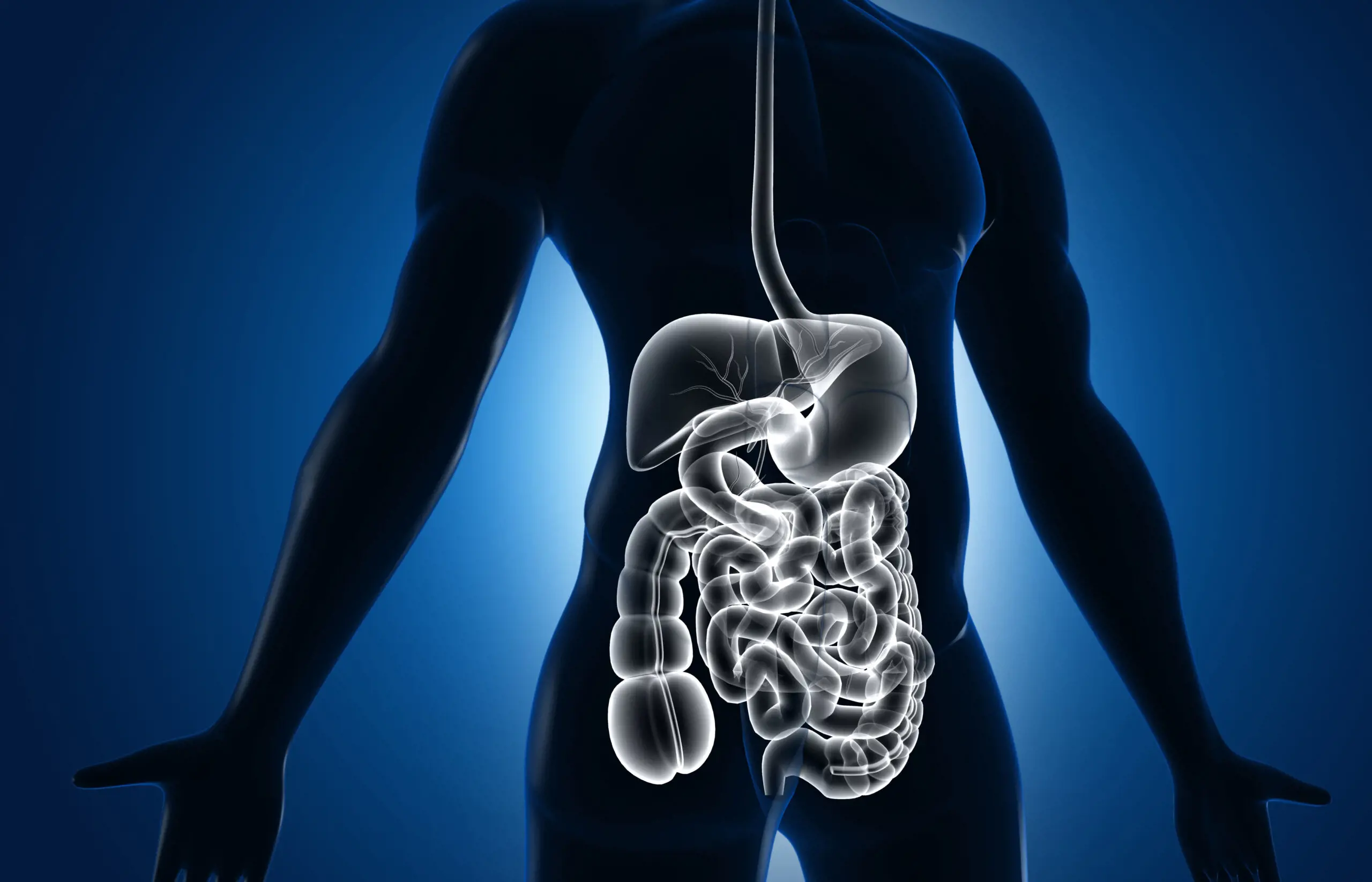Our Vision
Obesity has become a worldwide epidemic in western countries, leading to insulin resistance, heart disease, type 2 diabetes and non-alcoholic fatty liver disease (NAFLD). In this respect, the enteroendocrine cells lining the gastrointestinal tract secrete dozens of hormones, upon sensing ingested nutrients, which act in an autocrine, paracrine and endocrine manner to regulate glucose homeostasis and energy balance. Intriguingly, these molecules also possess immunoregulatory properties, which create wide-ranging crosstalk between the secreted peptides, the immune system and different fat tissue depots. Our group aim to decipher the specific role of gut-derived peptides and immune cells-derived molecules, which all play at the interface between the immune system and metabolism. We strive to delineate how the gut-derived peptides affect inflammation and insulin resistance at specific sites, especially fat depots and liver and how they regulate whole body energy homeostasis. We believe that mechanistic insights derived from our research would enable the design of more effective therapies to combat obesity and the metabolic syndrome. Senior Researcher Research associate PhD student MSc student Insulinotropic Polypeptide (GIP) at the interface between immunity and metabolism Our group has being studying the immunoregulatory properties of an incretin hormone produced in the gut in response to food intake – the glucose-dependent insulinotropic polypeptide (GIP). We have found that GIP is directly involved in bone marrow hematopoiesis and tunes immune cell abundance in the circulation and in adipose tissue during obesity. Moreover, we demonstrated for the first time that GIP regulates energy homeostasis during obesity by increasing adaptive thermogenesis capacity. This improvement is mediated by restraining the production of the alarmin S100A8/A9 in myeloid cells and by maintaining type 2 immunity in adipose tissue, both leading to enhanced transformation of white adipose tissue into “brown like” adipose tissue (“beiging”)(Mantelmacher, Nature Metabolism, 2019; Efimova, Front Immunology, 2021). We currently use GIPR-reporter mice and conditional knockout mice to identify the repertoire of immune cells expressing the GIPR and its effect on their immunometabolic activity. and their heterodimer in adaptive thermogenesis Adaptive thermogenesis is induced by cold or stress, which are sensed by the central nervous system and result in a sympathetic response that releases NE which acts on thermogenic fat depots to dissipate energy as heat . Therefore, this process has become an attractive target as a therapeutic mean to treat obesity. We have found that alarmins S100A9, S100A8 , which are mostly derived from immune cells but also from adipocytes , are crucial for β adrenergic receptor agonism- induced thermogenesis. We currently use lean and obese mice and conditional knockout mice to identify the source of these alarmins, affecting thermogenesis ( adipocytes vs. immune cell) an t to decipher the mechanism and signaling pathways which are involved in the process. From The Press
Hormone that helps the body "waste" excess energy and reduce fat accumulation Highlight Publications
Our Team
Lubna Kahir
Research



Fishman’s Lab: Obesity, Immunometabolism,
Incretin Hormones, Thermogenesis